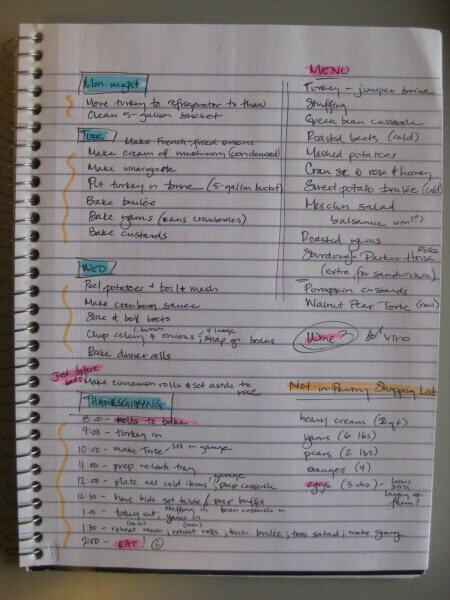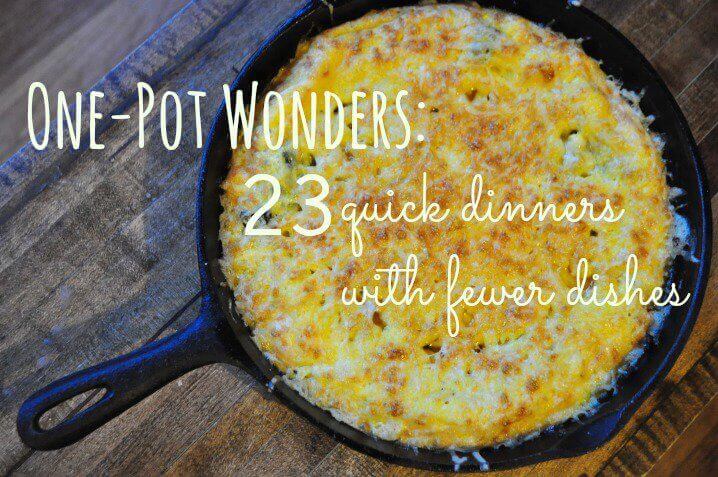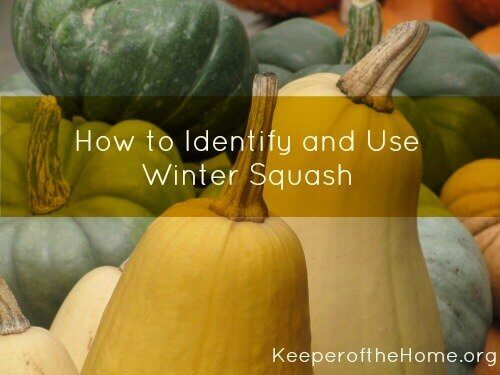Healthy and Frugal Menu Planning Help
Seems like the topic of healthy and frugal meal planning is a timely one for many! I’m so glad!
If you have never been much of a meal planner, I encourage you to grab a cup of something steaming and delicious, and sit down to join me as I discuss how I use meal planning to keep our meals cheap and nutritious!
There are two things that I really love about meal planning:
- It helps me to be purposeful in what my family is eating, in order to meet nutritional needs by including a wide variety of foods and by seeing where I can improve our menus.
- It helps me to keep costs low, by reducing waste, planning ahead, taking advantage of sales and seasonal deal, etc.
That said, allow me to explain how it works for me:
One of the best things I did for my meal planning a couple years ago was to sift through all of my recipes and cookbooks, and to make a list of healthy meals that my family enjoyed. It took me quite a few hours to compose, but it has been worthwhile. One of my future projects is to actually revamp the list, in light of changing eating habits, new favorite recipes, etc. By creating this list, you are already on your way to making meal planning simple and stress free!
When I go to meal plan at the beginning of a 2 week period, I will sit down with this list (and with my newer cookbooks, whose recipes haven’t been added to the list yet), and begin to look for recipes that sound interesting. A few things that I keep in mind as I chose are:
- What foods are seasonally available and at their cheapest right now? Fresh greens and tomatoes and peppers in summer, root vegetables and squash and potatoes in winter, etc.
- How complex are the recipes I am choosing? I don’t mind a couple of more time intensive recipes each week, but I prefer most of them to be relatively simple- there should be a balance.
- What do I currently have stocked up in my freezer and pantry? For the most party, I use the “pantry principle” (can’t remember where I heard that term, but I like it), preferring to stock up my non-perishables according to what deals I have and what extra money I have in my budget to purchase items in bulk, etc. This way I am always using items that I have gotten for the best bargain, rather than being ruled by my menu plan and having to purchase items at their most expensive.
- Nutritional balance- do I have a good mix of recipes using different protein sources (beef, chicken, fish, legumes- each around 1-2 times a week)? This helps us to get a variety of nutrients, as well as keeps the budget more manageable with some vegetarian meals thrown into the mix.
Based on these criteria, I choose 7 meals and arrange them according to our weekly schedule (I may choose a crock-pot meal for a Sunday or a day when we will be out for part of the day, or need to find a cost-effective but delicious meal to serve to a family that we will be hosting, etc.). These days are not set in stone, either. If I forgot to take out the meat or cook the beans for a particular meal, I will simply switch days. I try not to do this very often, but I don’t allow myself to get stressed out about the need to do this once in a while. My meal plan should serve me, not the other way around!
Here are some suggestions to get you going:
- Sit down and pull out all your cookbooks.
- As you leaf through them, begin to make a list of the recipes that your family likes the best (keeping nutrition in mind), and mark the page and book that they are from.
- Store your list in your planner, homemaking binder, or start a new menu planning binder if you prefer. Just somewhere safe and useful, where you will always be able to find it.
One thing that I realized in re-reading my post yesterday that I meant to mention (I know I thought it, but I guess it didn’t quite make it all the way from my mommy brain through my fingertips onto the keyboard). When I was talking about planning for nutritional variety in meal plans, I only mentioned protein sources. The other two major areas that I consider from a nutritional standpoint are grains and vegetables.
I want to make sure that my meal plan includes a colorful mix of different vegetables, as many kinds as possible, and a combination of both cooked and raw veggies. For grains, it is important not to just become dependent on one type of grain- this is one of the ways that sensitivities and allergies to grains can develop, plus each grain contains a very different composition of vitamins and minerals. It is wise to use a couple of different kinds of flour in your baking and cooking (I use mostly spelt, a bit of wheat, and also kamut, barley and brown rice flour). Grains can also be incorporated in other ways- barely in soups and stews, rice with stir-fries or saucy dishes or in soups, quinoa in salads or as a side dish or in stuffed peppers or tomatoes, buckwheat in pancakes and waffles, millet in place of rice in a casserole or just as a side, etc.
Now let’s continue on with the topic on meal planning where we left off- the shopping.
As I mentioned yesterday, I do my best to keep my freezer and pantry stocked up with foods that I find for the best prices possible. Because I am working with the foods that I have already stocked up, after making my meal plan I write a list of what I will need to complete these meals, most of which is usually produce, as well as other fresh items like eggs, milk (we actually pick up our milk once a week now), cheese, some spices I am running out of, a can of coconut milk, etc.
I make a plan for where I will buy these items and approximately how much I believe they will cost (the ability to estimate very closely to the correct amount has come from several years of cost comparisons and a somewhat freakish memory for trivial things like exactly how much a flat of tomato paste costs at Costco vs. Superstore, or which store has free range eggs for 20 cents less than another). However, if you do not have this “gift” or desire to memorize all the numbers, I suggest you purchase a small notebook to fit in your purse, and begin to compile a simple chart listing the item, and then 2-3 columns where you will note the price of this item at the stores you commonly shop at. Over time, you will grow very accustomed to knowing where the best deal is to be had.
As I make my lists, I buy slightly beyond my meal plan. Partly because I am ensuring that we have enough for breakfasts (which I do not plan for specifically), but partly because I am preparing for the next week of meal planning. (But wait, you say- you haven’t planned for next week, yet! You’re right, I haven’t! Wait for it…)
When I go shopping at my selected stores, trusty list in hand, I will also be scanning for deals. If I notice that whole wild pink salmons are on 2 for $5, I will buy some as long as my budget allows for it. Same with finding a coupon for $1 off cheese, or 5 cans of coconut for $3, etc. BUT, I will only buy these extras when I have the extra money for them (you know, that whole budget thing)!!!
Now, when I go to the produce market, I do the same thing. I will already have a list of the produce needed for my specific meals (and if I need 3 carrots, I don’t buy just 3, I buy a bag), plus some extra fruit, etc. for breakfasts and snacks. And as I go around the market, I check to see what is seasonal (more to come on this topic in another post), what is overstocked and therefore on sale, any bags of discounted produce (only if they are in good shape still- I won’t compromise nutrition and quality for a deal).
Because I have bought slightly larger amounts than I need, as well as other produce items that are going for a good price, I will come home with a nice amount of fruit and veggies to last us more than a week.
And this is where the second part of my meal planning comes in!
The second week of my 2 week period, before I look at my recipes, I take a very thorough look at what I have in the house, specifically what is in the fridge and needs to be used up. My primary focus will be on how to use the extra produce I’ve already bought (for a good price, remember!). Now I can choose recipes that suit the food I have on hand, and do my best to use up everything that I have bought before going shopping again (this really helps me avoid waste and stretch our dollars!). I will still sometimes need to make a small list of items that I need to fill in the gaps for my recipes, but it is usually quite small (maybe $20-30 worth).
And so my second week is planned by finding recipes that use what I already have on hand, and still keeping in mind the meal planning principles mentioned yesterday (nutrition, variety, our schedule, etc.). One of my favorite resources for this lately has been All Recipes. This site has a great ingredient search feature that allows me to find new recipes to use what I have, avoiding the ingredients that I don’t have. Sometimes I tweak recipes to make them healthier, but at least I often find great inspiration or the skeleton of a good recipe.
I hope that this explanation of my menu planning is useful and gives you a starting place if you have never tried this before!
Now it’s your turn… do you meal plan? What tools or systems do you use to make menu planning easier?







I am in the process of revamping my menu planning right now and this post inspired me! Thanks!
I really need to get back to planning meals, but I am lost on one point: How do I find out seasonal items and best costs? I admit that’s always been an area of confusion and ambiguity for me.
Great tip! I menu plan, too, but I don’t usually pull out my cookbooks and recipes. I just go from memory, which is not so great any more. I need to do this!
My household is pretty busy, and a HUGE key to our meal planning success is to plan out the meals AND a quickie backup meal (written down). That way, if the baby has a fever and the toilet backs up and the Orkin man makes an unannounced appearance, I know I have a super quick meal planned and ready (and so we don’t have to blow the budget ordering pizza). A big part of being frugal is being prepared!
Rain, you’re welcome!
Mrs.Taft- can I answer that in a post? 🙂
Amy, I used to just do it by memory too. The list has made a world of difference for me! Hope it helps you!
Milehimama, that is a great tip! I have never purposefully planned an easy backup meal, but I think I just might start! Thanks!
Thanks for the challenge and tip. I just was thinking on how I can meal plan better!
Thanks for the tip on actually collecting favorite recipes. I write in my cookbooks, so this should be fairly easy to accomplish one naptime.
Any chance I could talk you into doing a post on healthy freezer meals? Do you freeze many meals? I’m getting ready to have my third baby and would rather do this than rely on prepackaged frozen meals. My oldest is barely over three, so I know time will be at a premium.
Thanks for your inspirational blog. It is nice to see someone trying to live more healthfully and Biblically on a “normal person” budget.
Glad it was timely, Chrissy.
fullheartandhands, I would be happy to do a post on freezing meals. It’s not something I do all the time, but I have actually done it quite a bit, especially while pregnant. I’ll try to get the post up next week!
Perfect! I have been just getting back into meal planning, and popped over here and saw your recent two posts. Thank you! Very good ideas. 🙂
Great- glad they were helpful, Kimi!
Thanks for the info! I just sat down today to look up information about meal planning cost effectively and found your site! Very timely!
Hi. I’m interested in reading your other posts, but I can’t find a way of searching for them. I would appreciate any help you could give in finding them. 🙂